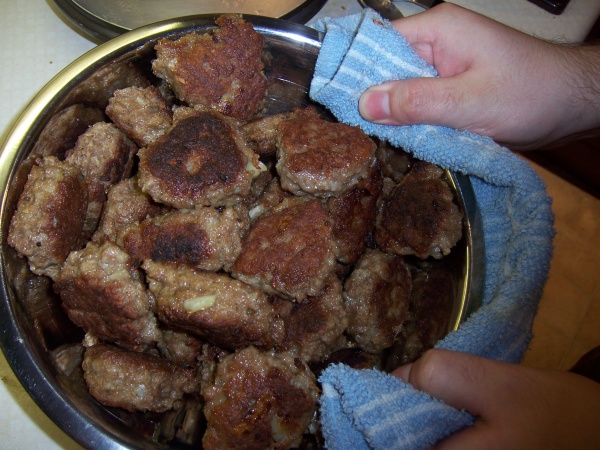Facts About Frikadeller
Frikadeller are delectable, flat, pan-fried meatballs made from minced meat, often likened to the Danish version of traditional meatballs. Although the exact origins of this dish are unclear, the name "frikadelle" is of German origin, and the dish enjoys widespread popularity in German, Danish, Scandinavian, and Polish cuisines. In Poland, they are known as "mielone" and are a cherished meal. Across Scandinavia, there are various interpretations of frikadeller, which can be served either as a main course or a side dish. Interestingly, in Sweden, they prefer to boil their frikadeller rather than pan-fry them.
The etymology of "frikadelle" is somewhat mysterious, potentially tracing back to Italian, French, and Latin words related to roasting. In Belgium, a "fricadelle" is a ball of minced cooked meat, while "fricandeau" is an entirely different dish. In Indonesia, a variation called "perkedel" is made from mashed potatoes, ground meat, or other ingredients, shaped into patties and deep-fried.
In Denmark, traditional frikadeller are typically made from minced veal, pork, or beef, combined with onions, eggs, milk, breadcrumbs, and seasonings, then pan-fried to perfection. Another popular Danish variation is "fiskefrikadeller" made with fish instead of meat. These flavorful treats are often served with boiled potatoes, gravy, pickled beetroot, or red cabbage. They are also enjoyed on rugbrød (rye bread) as smørrebrød (open-faced sandwiches) or alongside a cold potato salad at picnics.

 Lithuania
Lithuania